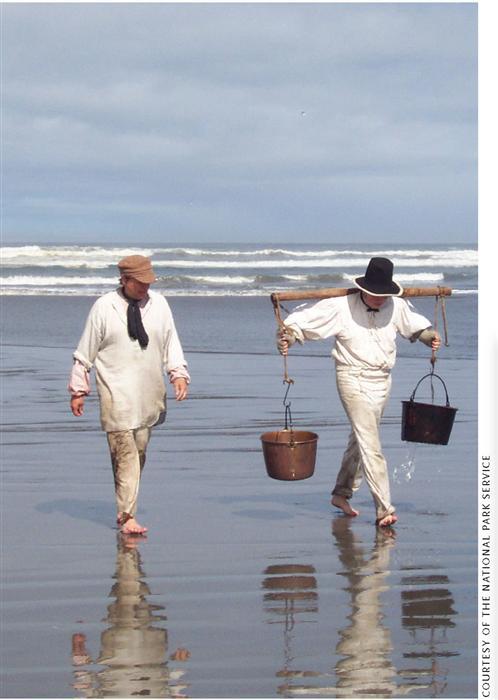Sign up for the Family Tree Newsletter Plus, you’ll receive our 10 Essential Genealogy Research Forms PDF as a special thank you!
Get Your Free Genealogy Forms
"*" indicates required fields

Two hundred years ago (assuming you cracked open this magazine the minute it arrived in your mailbox), explorers Meriwether Lewis and William Clark were leading their Corps of Discovery through a grueling portage around the Great Falls of the Missouri River. Not until July 15, 1805, did they reload their supplies on newly carved cottonwood dugout boats for the faster — but still dangerous — upriver voyage.
Since 2003, the bicentennial of Lewis’ travel preparations in Philadelphia, America has been commemorating the Corps’ westward journey and rekindling its spirit of discovery through exhibitions, re-enactments, ceremonies and educational Web sites. Here are some ways you can get a piece of the action:
? Go to the National Council of the Lewis and Clark Bicentennial (NCLCB) Web site <www.lewisandclark200.org> to learn about the 15 national heritage events that highlight key phases of the journey. From November through March 2006, witness a series of “wintering over” activities at Pacific coast sites from Long Beach, Wash., to Astoria, Ore. The NCLCB’s calendar also lists smaller-scale, local events.
? The Corps of Discovery II: 200 Years to the Future is a traveling re-enactment that parallels the original voyage. At every stop, Corps II puts on free exhibits, presentations and videos. They’re in Dillon, Mont., Aug. 5 8; see <www.lewisandclarkgnet.org/corps2> for the rest of the schedule.
? Consider yourself lucky if you get to see the journals, maps, equipment, American Indian artifacts and scientific specimens in Lewis and Clark: The National Bicentennial Exhibition <www.lewisandclarkexhibit.org>. This museum exhibit covers the expedition and the Indian peoples the Corps encountered. Catch it at the Denver Museum of Nature and Science <www.dmns.org> through August; then at the Oregon Historical Society <www.ohs.org> in Portland. Its voyage ends at the National Museum of Natural History <www.mnh.si.edu> in Washington, DC.
? According to the NCLCB, one in seven Americans will drive, bike, paddle, ride or walk in the Corps’ footsteps during the four-year commemoration. If you plan to be among them, go to the council’s Web site and click States on the Trail for links to Lewis and Clark heritage sites and tourism information.
Wanderlust in Your Blood
Think you might be related to a Corps explorer? Oregon’s Clatsop County Genealogical Society began the Lewis and Clark Descendant Project six years ago to find progeny of expedition members. The effort turned up 1,669 documented folks, whose names appear in The Lewis & Clark Corps of Discovery: Their Lives and Lineage (Family Heritage Publishers), available at <home.pacifier.com/~karenl/order_form.htm>.
ADVERTISEMENT




